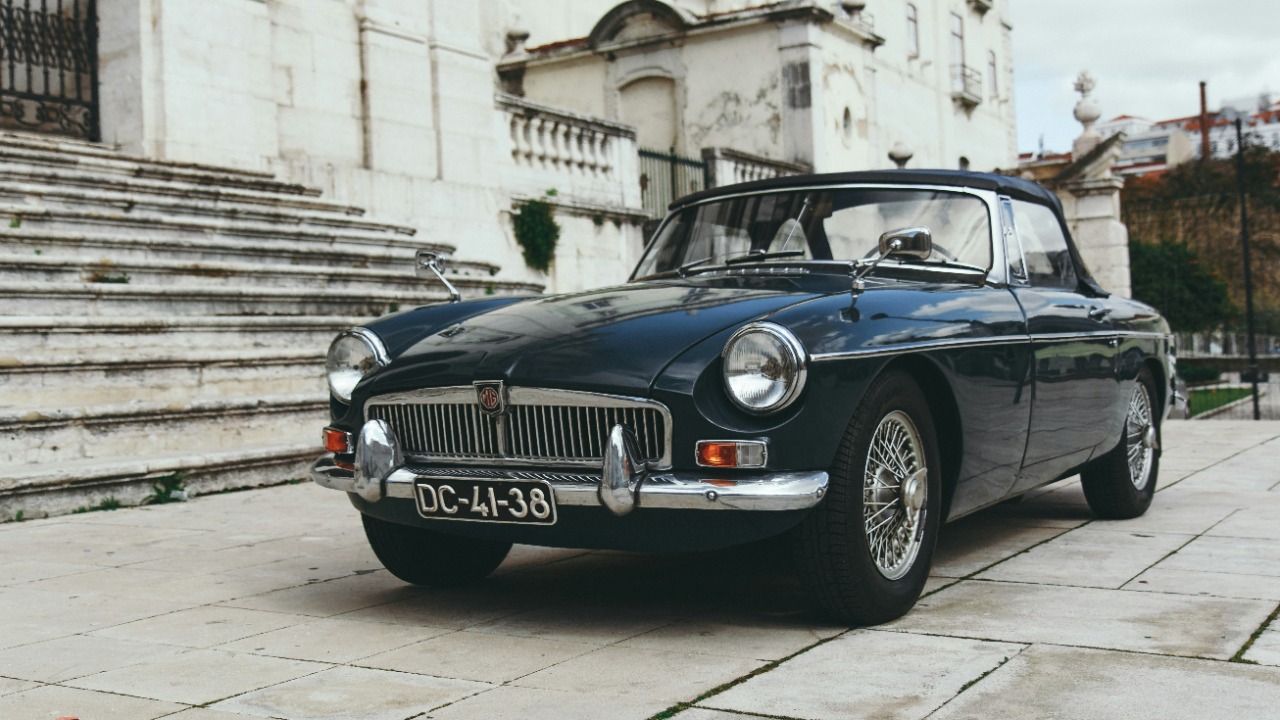
As automotive technology evolved, certain car features that seemed innovative at the time have become outdated or impractical. These features, once prominent in car designs, now elicit curiosity or even amusement when we see them in older models. Let’s take a ride down memory lane to explore some of these quirky elements and discover why they no longer make sense in modern vehicles.
Tailfins
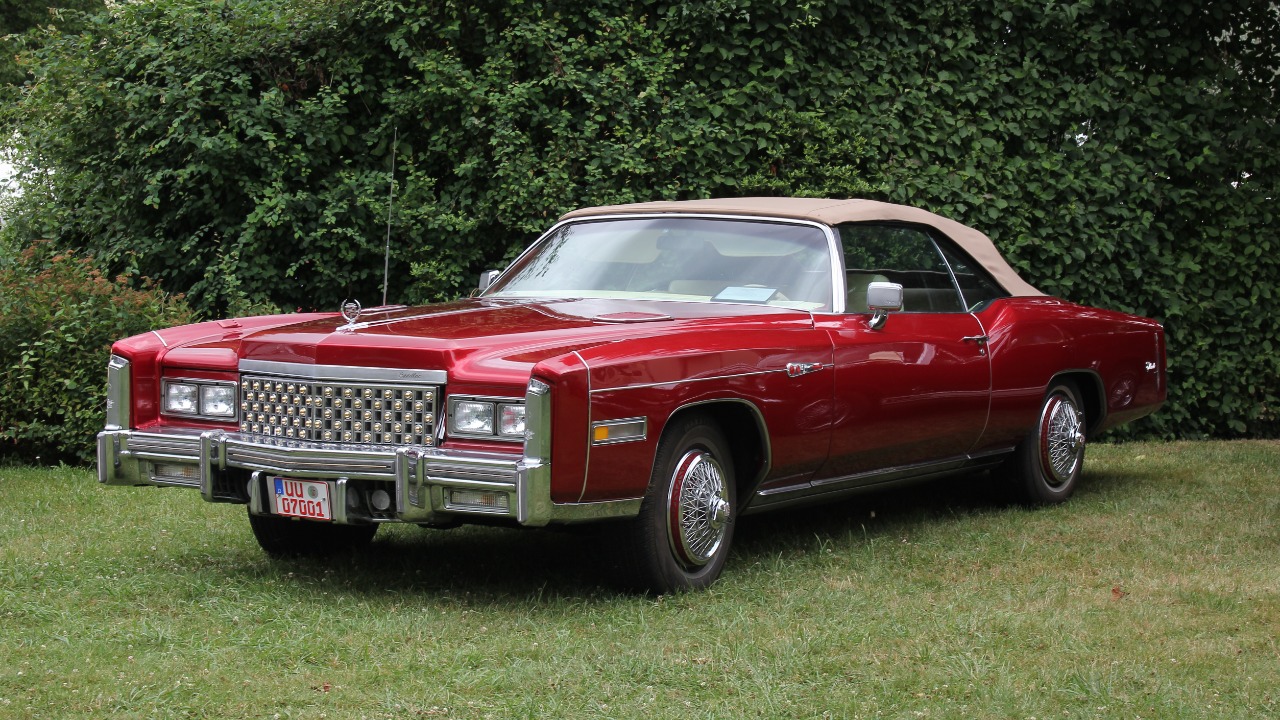
In the 1950s and 1960s, tailfins were all the rage, inspired by the aviation and space race themes of the era. Cars like the 1959 Cadillac Eldorado sported prominent tailfins that made them look like they were ready to take flight. However, these flashy appendages added nothing to the car’s performance or aerodynamics. Instead, they increased production costs and made parking in tight spaces a nightmare.
As car design moved towards functionality and efficiency, tailfins disappeared. Their removal not only made cars more practical but also more fuel-efficient. Today, tailfins are a nostalgic reminder of a time when style often trumped substance in automotive design.
Automatic Seatbelts

The automatic seatbelt was introduced as a way to ensure passenger safety without requiring manual fastening. These seatbelts, often found in cars from the late 1980s and early 1990s like the Ford Taurus, would automatically glide into place when the door closed. While the intention was commendable, the execution left much to be desired.
Drivers and passengers found these seatbelts cumbersome and uncomfortable. Moreover, they often malfunctioned, offering a false sense of security. Eventually, they were phased out in favor of the more reliable three-point seatbelt, which remains the standard today. Read more about these obsolete features here.
Push-Button Transmissions
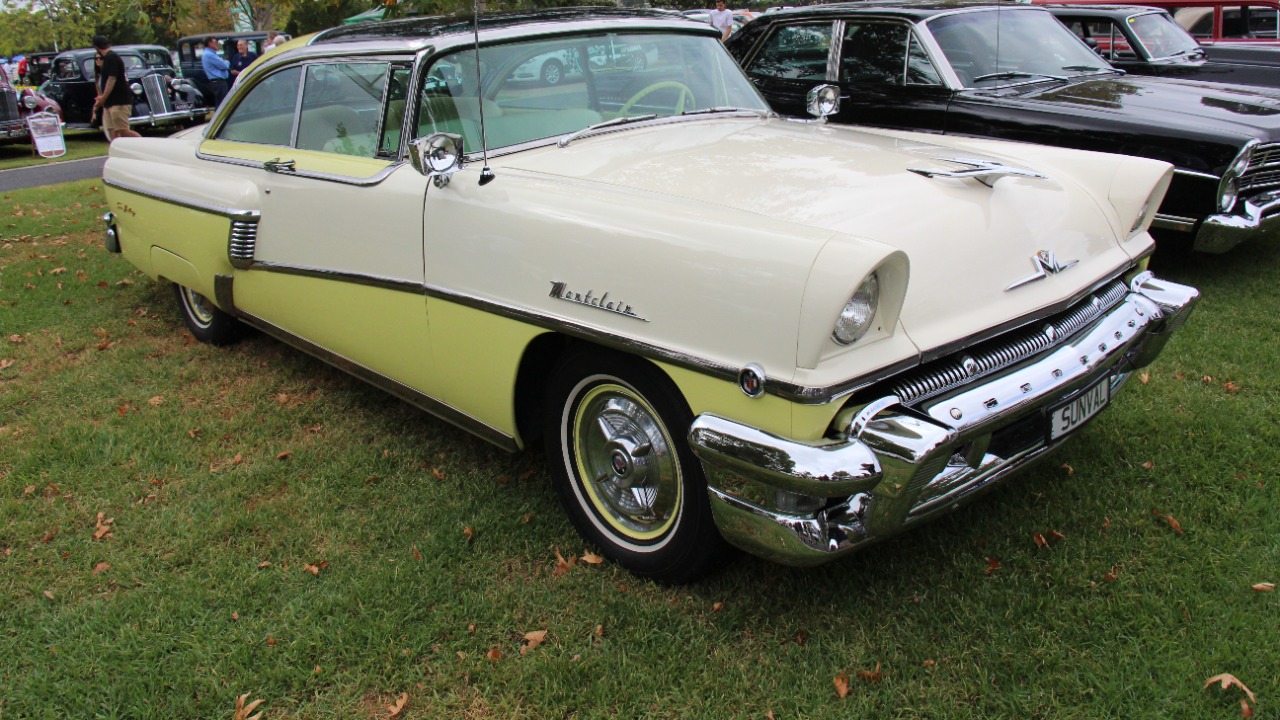
Push-button transmissions were a brief fad in the 1950s and 60s, with cars like the 1956 Edsel featuring buttons on the dashboard to change gears. The concept was to offer convenience and a futuristic feel. However, the setup often confused drivers, leading to mishaps on the road.
The lack of tactile feedback and the awkward placement of the buttons made the system less intuitive than the traditional gear shifter. As a result, push-button transmissions quickly fell out of favor, paving the way for more straightforward and user-friendly designs.
Vinyl Roofs
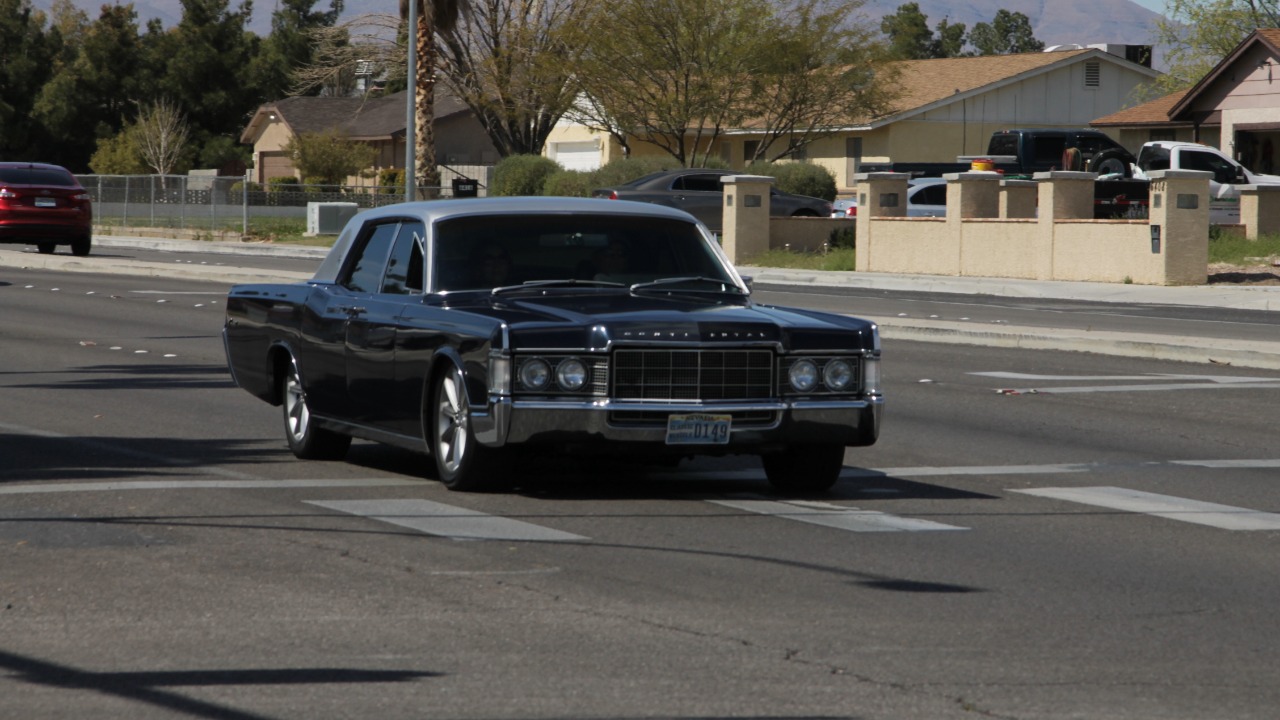
Vinyl roofs were another styling trend that emerged in the 1960s and 70s, intended to give cars a luxurious appearance reminiscent of convertible tops. Models like the Lincoln Continental often featured these roofs, which were more about aesthetics than functionality.
Unfortunately, vinyl roofs were prone to cracking and fading over time, leading to costly repairs. They also trapped moisture, causing rust and corrosion issues. With advancements in paint technology and a shift towards more durable materials, vinyl roofs became obsolete. Discover more outdated car features here.
Car Phones
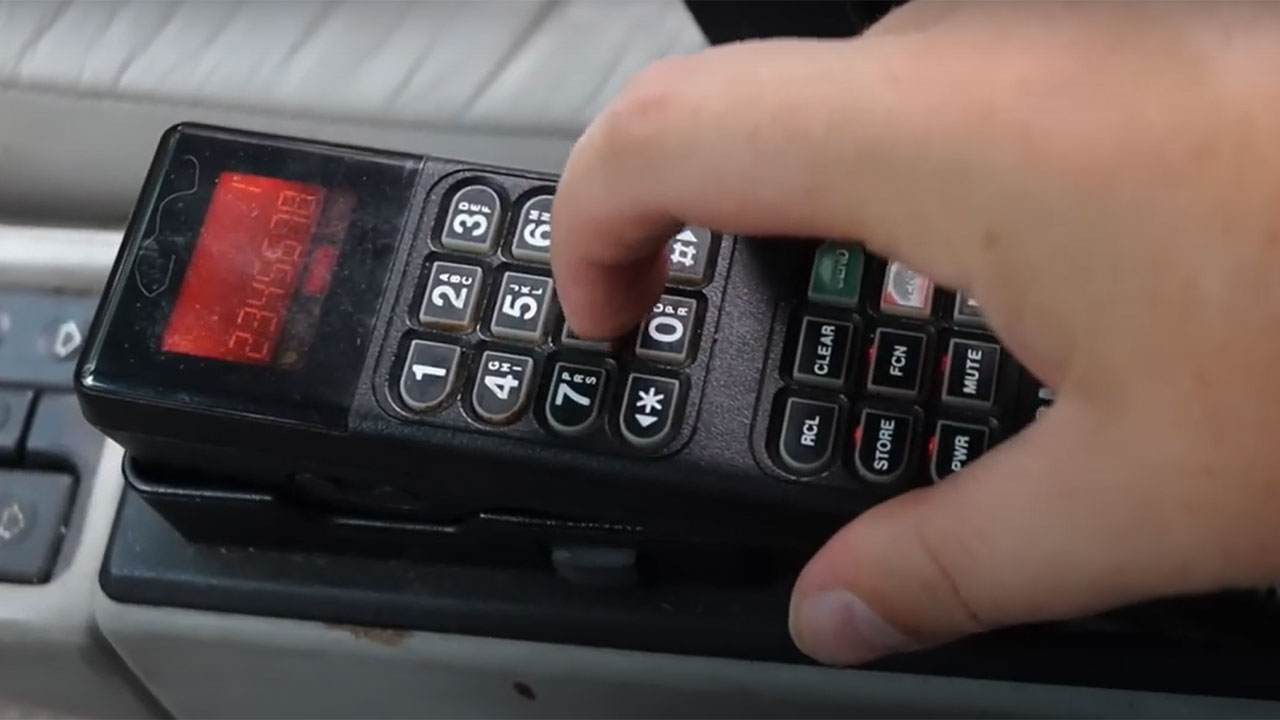
Before the rise of cellphones, car phones were a symbol of status and convenience. These phones were hardwired into vehicles, allowing drivers to make calls on the go. However, they were expensive and had limited coverage, making them impractical for most users.
As mobile technology advanced, car phones were swiftly replaced by handheld devices. Today, with smartphones and hands-free systems, the idea of a fixed car phone seems almost quaint. For those curious about modern mobile devices, check out the latest iPhone models.
Bench Seats
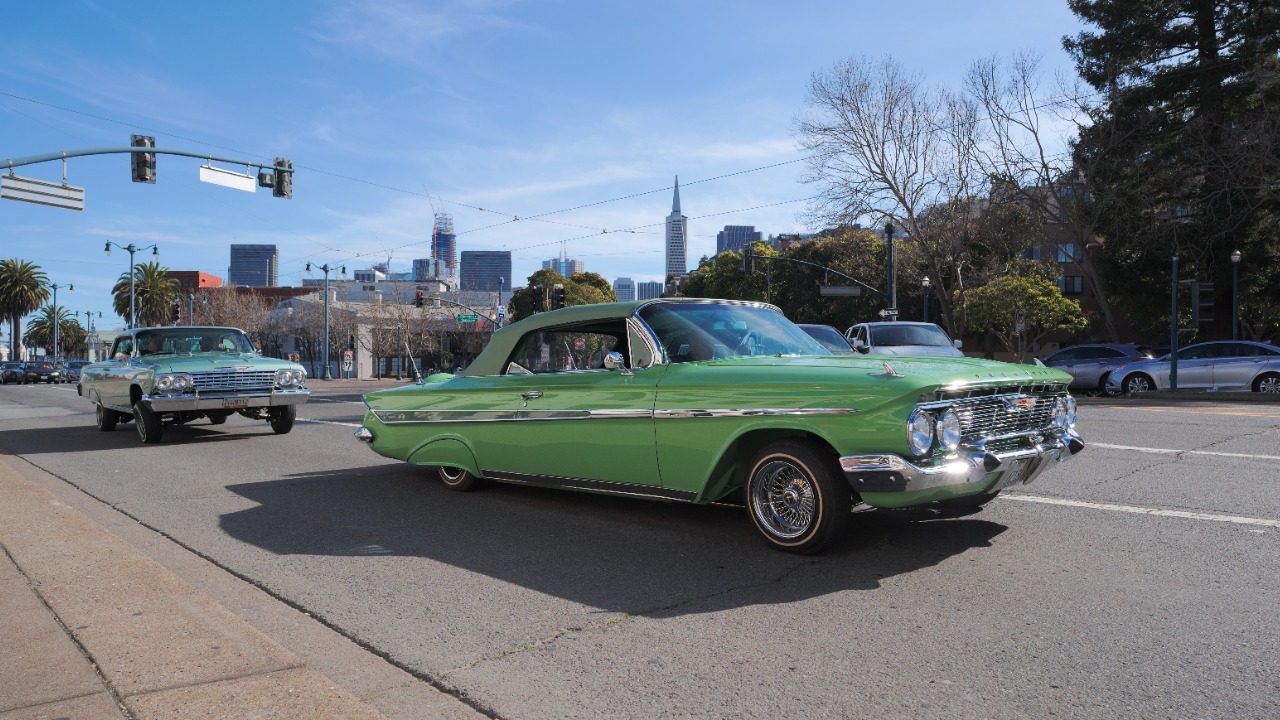
Bench seats were once standard in most cars, offering seating for three people in the front row. This design was popular in the mid-20th century, with vehicles like the Chevrolet Impala showcasing wide bench seats that emphasized comfort and space.
However, bench seats posed safety concerns, as they lacked the support and security of bucket seats. As safety regulations evolved, automakers shifted towards individual seating, enhancing both comfort and protection for passengers.
Cassette Tape Decks
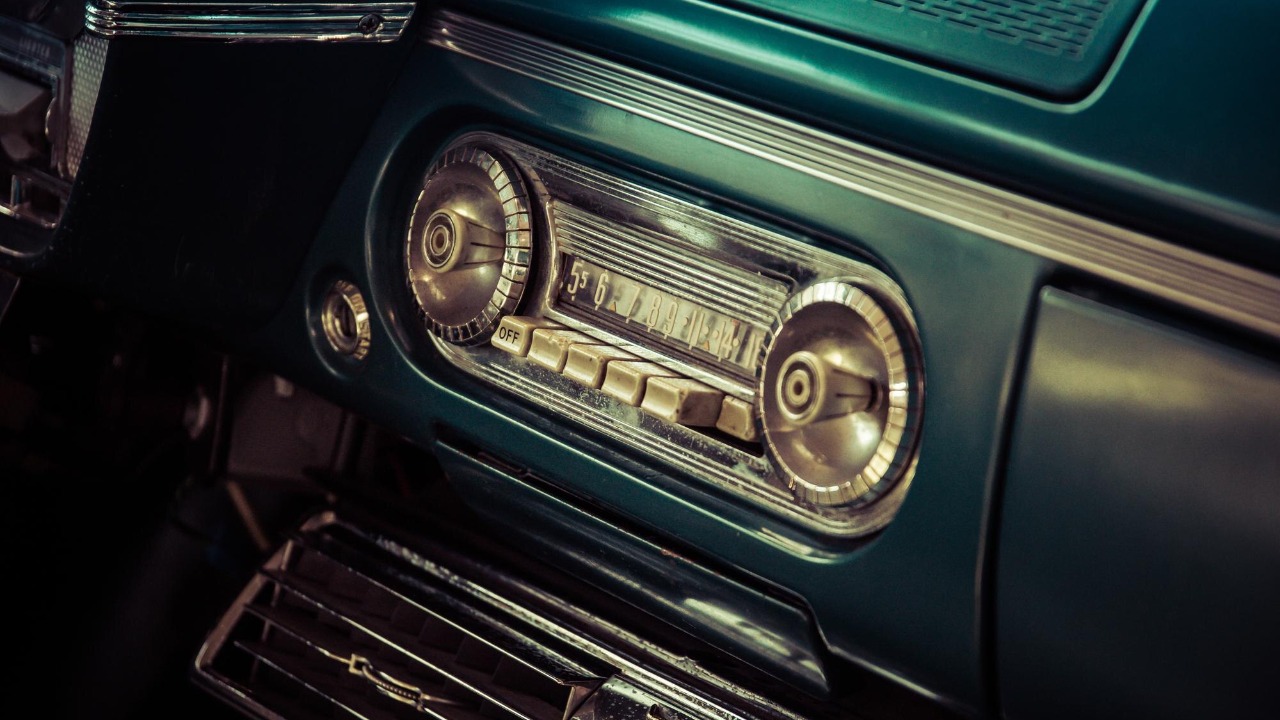
Cassette tape decks were a staple in cars throughout the 1980s and 90s, providing drivers with a way to enjoy their favorite music on the road. Many vehicles, such as the Toyota Camry, came equipped with built-in cassette players as a standard feature.
With the advent of CDs, MP3 players, and streaming services, cassette decks quickly became outdated. Today, most cars feature advanced infotainment systems that offer a wide range of audio options, making cassette decks a distant memory.
Pop-Up Headlights
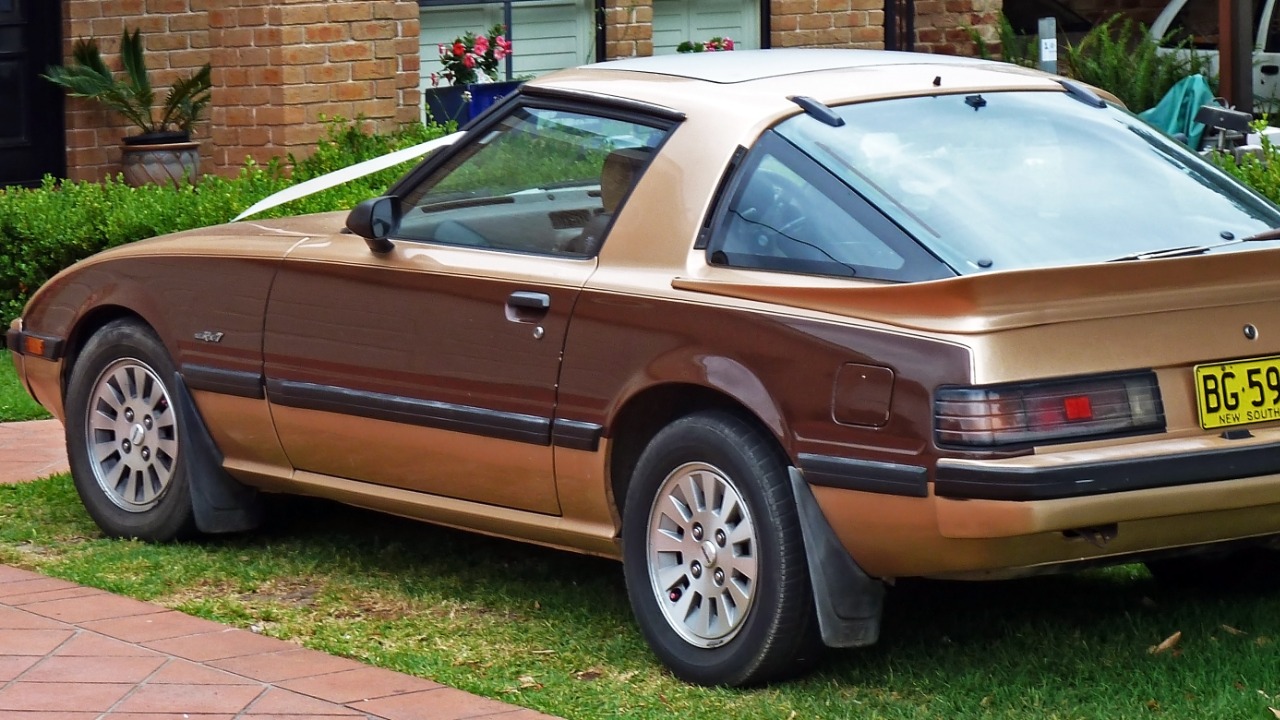
Pop-up headlights were a hallmark of sporty car designs, seen in models like the 1985 Mazda RX-7. They offered a sleek, aerodynamic look when retracted and added a touch of flair when raised. However, they were prone to mechanical issues, often getting stuck in one position.
The complexity and maintenance costs associated with pop-up headlights, coupled with changing safety regulations, led to their decline. Modern cars now use streamlined, fixed headlights that are both efficient and reliable.
Manual Window Cranks
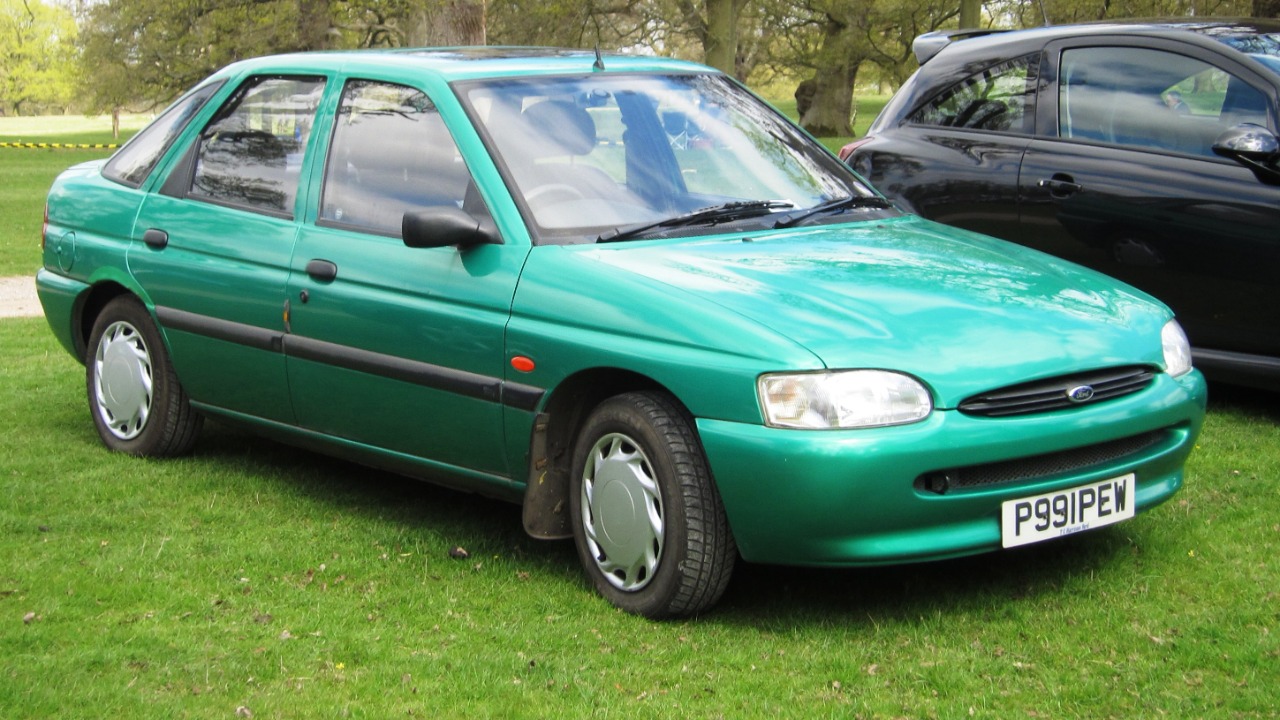
Before power windows took over, manual window cranks were the norm in vehicles. Cars like the Ford Escort featured these hand-cranked mechanisms, which required a good amount of effort to operate.
While manual cranks were simple and less likely to fail than their electric counterparts, they lacked the convenience and ease of use that drivers expect today. The transition to power windows has made the manual crank a relic of the past.
Cigarette Lighters
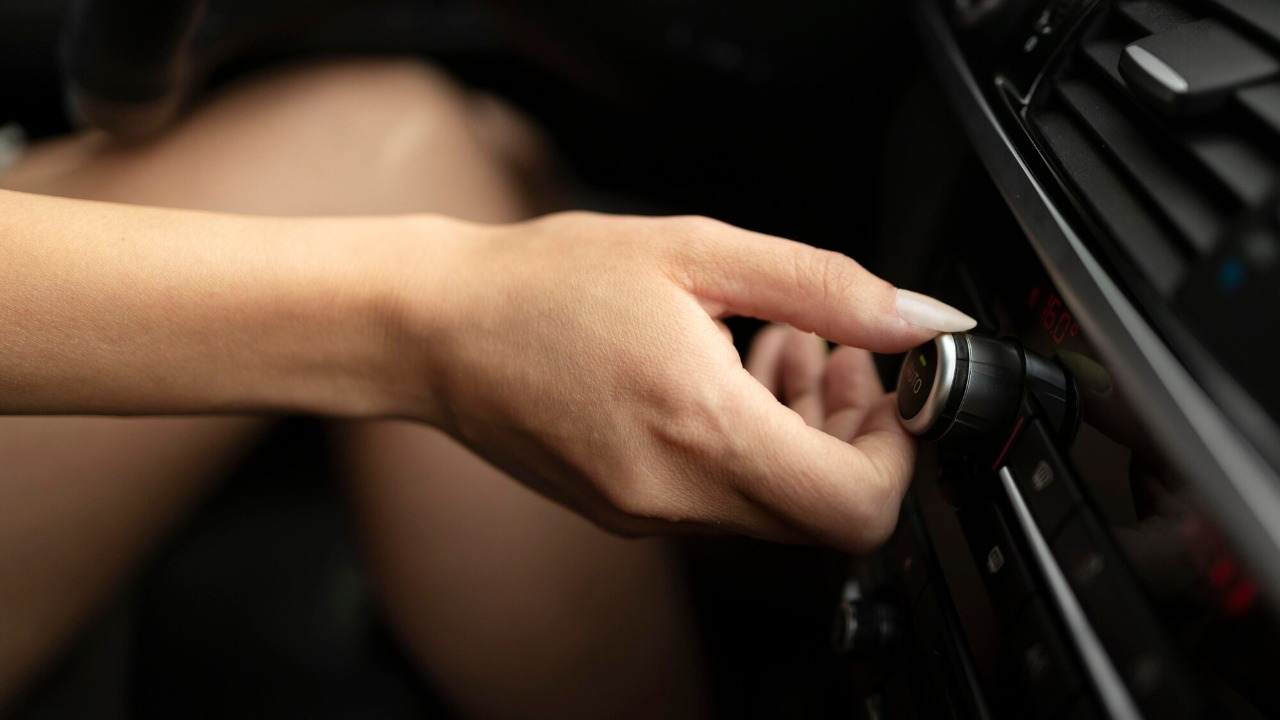
At one point, cigarette lighters were a ubiquitous feature in cars, reflecting the social norms of the time when smoking was more prevalent. These lighters were built into the dashboard, ready to heat up with a simple push.
As awareness of smoking’s health risks grew, the demand for in-car lighters waned. They’ve since been replaced by power outlets and USB ports, which serve the needs of modern drivers more effectively, making cigarette lighters a thing of the past.
Retractable Antennas
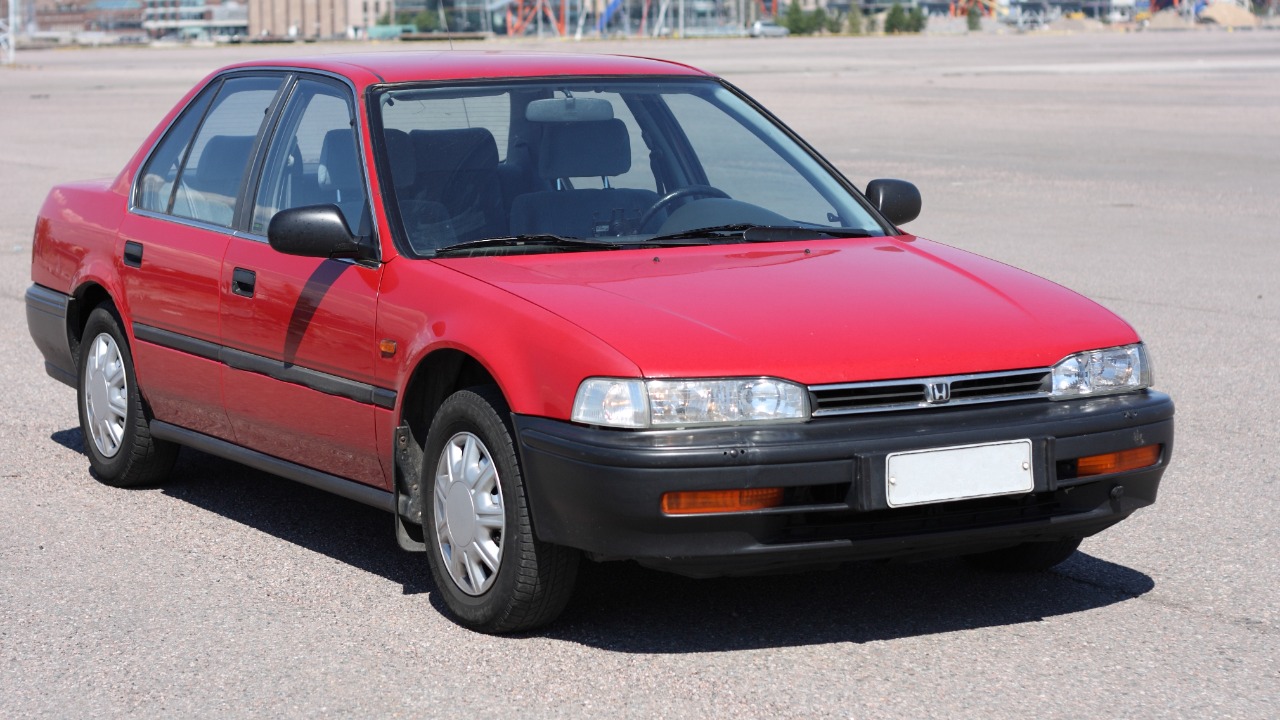
Retractable antennas were once a common sight, designed to enhance radio reception and retract when not in use. Cars like the Honda Accord featured these antennas, which were both functional and prone to mechanical failure.
The introduction of integrated antennas and advances in audio technology rendered retractable versions obsolete. Today’s vehicles feature sleek, unobtrusive antennas that offer superior performance without the hassle of manual operation.
Column Shifters
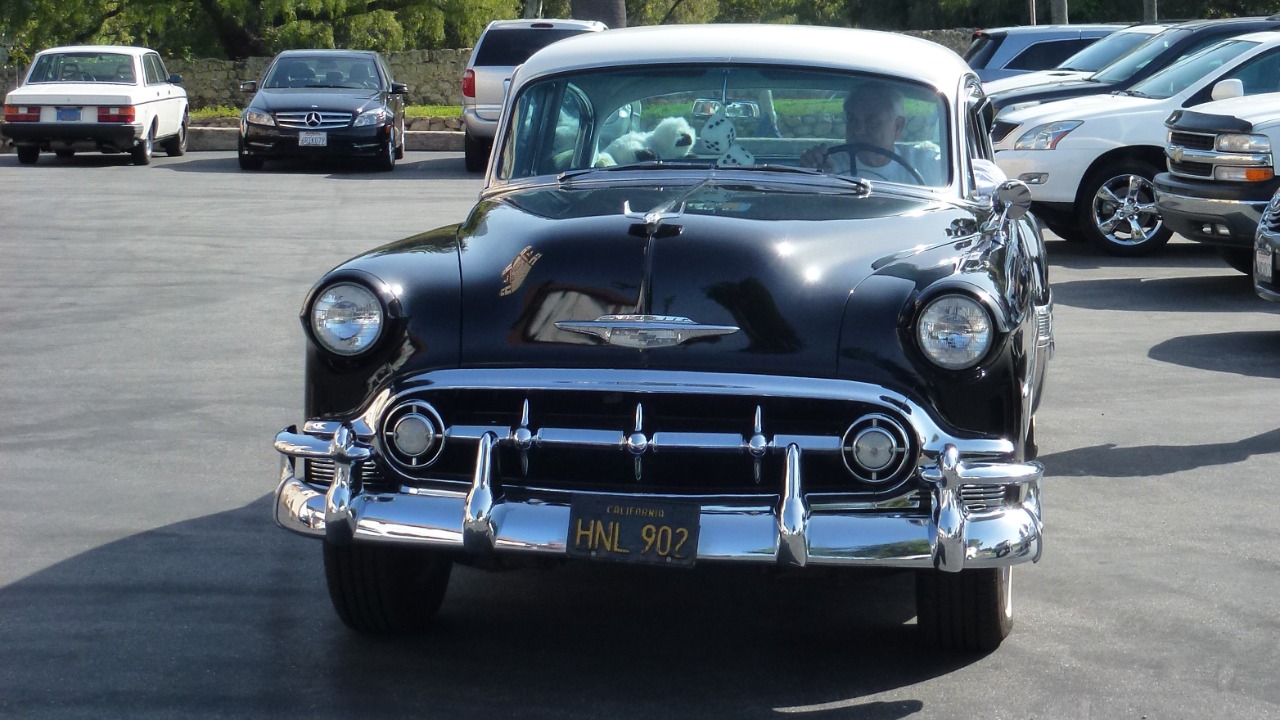
Column shifters were a popular choice for automatic transmissions, allowing for more space on the floor. Vehicles like the Chevrolet Bel Air used this setup, which was both practical and easy to use.
However, the growing preference for center console shifters, which offer a more engaging driving experience, led to the decline of column shifters. Modern cars now focus on ergonomics and driver interaction, making the column shifter a less common sight.
Ashtrays
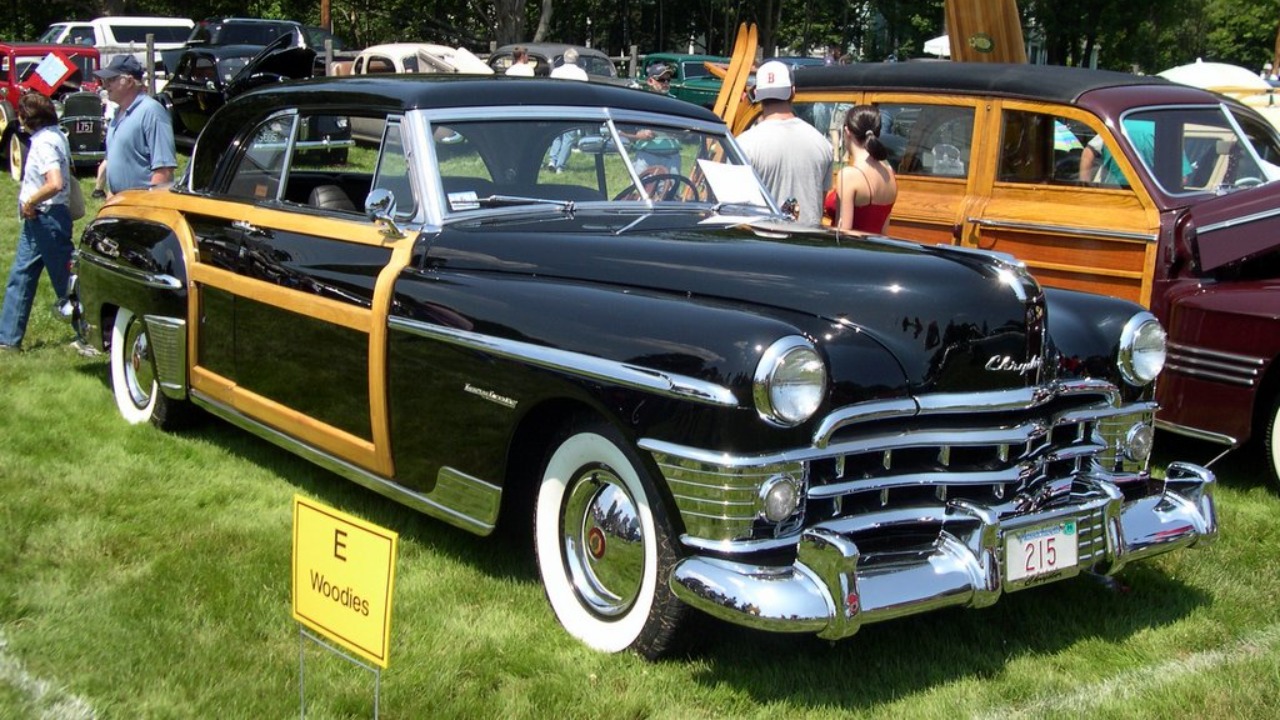
Ashtrays were once a standard feature in most cars, catering to the smoking habits of drivers and passengers alike. Cars from the mid-20th century, like the Chrysler Newport, often included multiple ashtrays as part of their interior design.
As smoking rates declined and public awareness of health risks increased, the need for built-in ashtrays diminished. Today, they have largely disappeared from car interiors, replaced by cup holders and storage compartments that better suit modern lifestyles.
Hood Ornaments
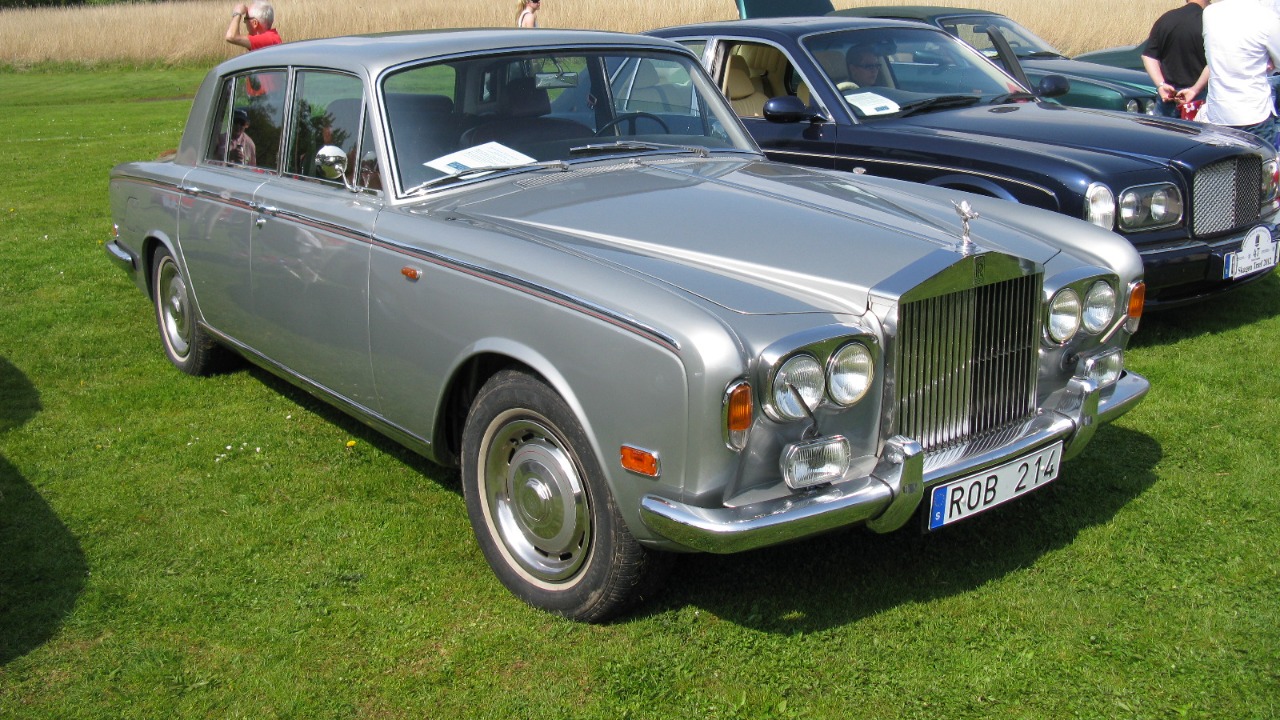
Hood ornaments were once a symbol of prestige and craftsmanship, adorning cars like the Rolls-Royce Silver Shadow. These decorative pieces, often made of metal, added a touch of elegance to the vehicle’s front end.
However, safety concerns and changing design preferences led to the gradual disappearance of hood ornaments. They posed a risk to pedestrians and added unnecessary weight and cost to the vehicle. Today, most cars opt for sleek logos and emblems, marking the end of the hood ornament era.